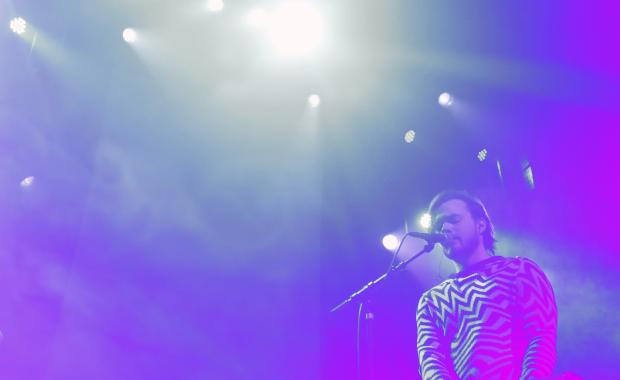The eruption in Holuhraun shows no signs of abating. According to the Icelandic Met Office (IMO) 66 earthquakes were detected in the Bárðarbunga area in the past 24 hours. The largest, M4.8, struck at 14.01 (2.01mp) yesterday (Wednesday). Since Monday close to 300 earthquakes have been recorded in the caldera.
IMO reports that driving conditions in the central highlands have worsened, making field observations very difficult. However, scientists were at work onsite Tuesday when members of the Institute of Earth Sciences captured those great photos.
The area where Holuhraun is located, in the central highlands North of Vatnajökull glacier, is usually only accessible for a few months of the year. And barely then. This is the most remote and desolate area of Iceland. For centuries it's been burnt by volcanoes and then stripped naked by the relentless ferocity of long winters. The scientists are working in very challenging working conditions that will only get worse in the coming months.

According to the Scientific Advisory Board (SAB) of the Icelandic Civil Protection the subsidence of Bárðarbunga caldera has reached 44 meters (144 ft.), which corresponds to an area of 1.1 to 1.2 square km (0.42-0.46 sq mi.). The adjacent geothermal cauldrons have deepened by 5 to 8 meters (16-26 ft.) in the last eleven days.
The eruption in Holuhraun shows no signs of abating. According to the Icelandic Met Office (IMO) 66 earthquakes were detected in the Bárðarbunga area in the past 24 hours. The largest, M4.8, struck at 14.01 (2.01mp) yesterday (Wednesday). Since Monday close to 300 earthquakes have been recorded in the caldera.
IMO reports that driving conditions in the central highlands have worsened, making field observations very difficult. However, scientists were at work onsite Tuesday when members of the Institute of Earth Sciences captured those great photos.
The area where Holuhraun is located, in the central highlands North of Vatnajökull glacier, is usually only accessible for a few months of the year. And barely then. This is the most remote and desolate area of Iceland. For centuries it's been burnt by volcanoes and then stripped naked by the relentless ferocity of long winters. The scientists are working in very challenging working conditions that will only get worse in the coming months.

According to the Scientific Advisory Board (SAB) of the Icelandic Civil Protection the subsidence of Bárðarbunga caldera has reached 44 meters (144 ft.), which corresponds to an area of 1.1 to 1.2 square km (0.42-0.46 sq mi.). The adjacent geothermal cauldrons have deepened by 5 to 8 meters (16-26 ft.) in the last eleven days.







